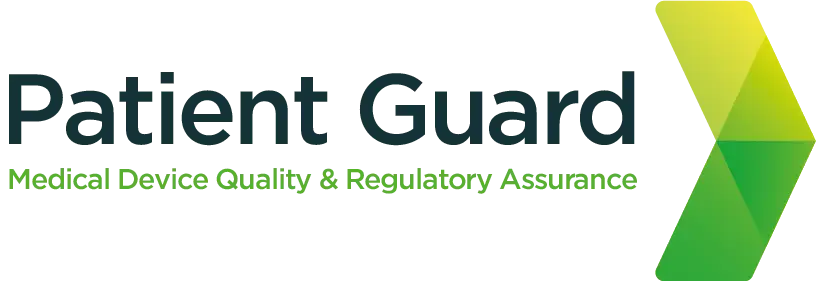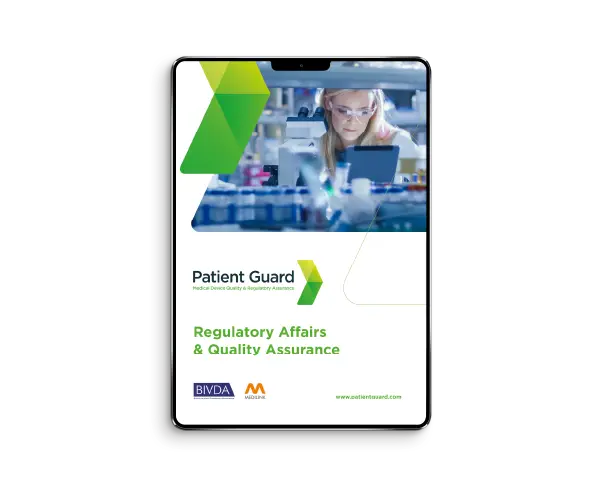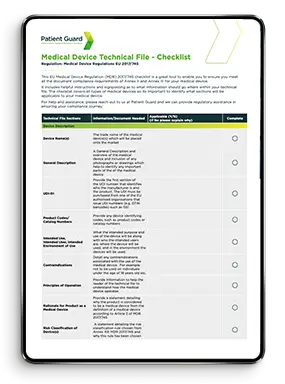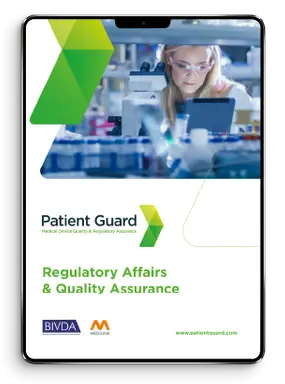What is a technical file for a medical device?
A medical device technical file is a concise set of documents created by a manufacturer to explain the performance and safety of a particular Medical Device in a clear, well-organized, easily searchable, and unambiguous manner.
In order to prove compliance with the general safety and performance criteria of the legislation, the manufacturer must have – and keep up-to-date – this technical documentation, regardless of medical device class.
Does the technical file for a medical device require certification?
All devices which are Class I(s), Class I(m), Class I(r), Class IIa, Class IIb, or Class III require certification by a Notified Body.
A Notified Body (NB) must audit the Technical File to gain certification.
It ought to be written in English or another official language of an EU member state, and it ought to be made available upon request for the duration of the medical device’s life cycle.

A controlled version of the technical file must be on hand at all times. Non-EU Medical Device manufacturers are required to keep the file with an Authorised Representative in the EU for consultation whenever necessary.
General Class I medical devices do not require certification but must be registered in an EU member country and have a compliant technical file and declaration of conformity.
What is contained in a technical file for a medical device?
The following sections should be present in a medical device technical file, according Annex II of the EU MDR 2017/745:
Description and specifications of the device, including all available options and add-ons information on full labelling and packaging, including single-unit sales and transport packaging in the event of particular management circumstances.

- Instructions for use in each language recognised in the member state where the sale of the medical equipment is anticipated.
- Information on all the locations where design and manufacturing activities are carried out, including design schematics.
- Evidence that all general safety and performance requirements, as well as all applicable harmonised and non-harmonised standards.
- File for benefit-risk evaluation and risk management.
- Reports on product validation and verification, as well as other pertinent documentation.
- Test findings, Biological Evaluation Reports (BER), Clinical Evaluation Reports (CER), and Post-Market Clinical Follow-Up (PMCF) evaluation plans are examples of pre-clinical and clinical data.
- Plan and report for post-market surveillance (PMS).
- Statement of Compliance.
Are there significant changes from the technical file submitted prior to MDR?
With the exception of a PMS plan and a Periodic Safety Update Report (PSUR, for devices greater than Class I, Article 86) or a PMS report (for devices of Class I, Article 85), the total number of documents that must be included in the technical documentation essentially stays the same.
The regulators believe that manufacturers should take the lead during the post-market phase by methodically and actively gathering data from post-market experience with their products in order to update their technical documentation and participate in vigilance and market surveillance activities.

In addition to being used to update technical documentation, such as that relating to risk assessment and clinical evaluation, the pertinent data and information gathered through PMS, as well as the lessons learned from any preventive and/or corrective action implemented, should also serve the purpose of transparency.
The main difference in the technical file, along with the PMS activities and reports, is that a higher standard of technical documentation is now needed, particularly when it comes to clinical data, which must now be reliable enough to properly support any claims.
Additionally, manufacturers must enhance the technical documentation’s clarity and scientific quality in order to maintain their approval to market.
How has the PMS changed under MDR?
The General Safety and Performance Requirements (GSPRs), which must be revised in response to PMS activities, must be documented and shown by medical device manufacturers.
Manufacturers must now upgrade their PMS system proactively in a thorough and methodical manner, according to Article 2 (60), which lists this as one of the MDR’s general requirements.
The standards for PMS should directly correspond to the risk involved with the equipment, enabling the producer to take corrective or preventive action.

This action ought to be reasonable given the type of device and the most recent clinical evaluation.
This means that an effective PMS programme must offer a wide range of real-world experiences through a Post-Market Clinical Follow-Up (PMCF) beyond the limitations of a re-market study.
This strategy should identify issues before they become serious and ensure that corrective action is taken, all while continuously monitoring the long-term effectiveness of the device.
Importantly, each of these steps must go above and beyond mere compliance to add value and foster a strong sense of confidence in the medical device.
Does the new format require any additional details?
The fundamental Unique Device Identification-Device Identifier (UDI-DI), which must be printed on the device’s label and all higher layers of packaging, must now be included by the makers in the Device description and specification section.
Additionally, there are requirements for the UDI-DI in the case of implantable or reusable surgical equipment so this code number is always readily available.
Manufacturers of Single Use Devices (SUDs) must explicitly state in the risk management paperwork why the device is built in this way; that is, it must be made plain why the item cannot be reprocessed.
Another complication is that manufacturers now have to include information in the technical documentation for all kinds of medical devices, in accordance with Annex II, to describe the stages of design and processes that are applied to their products.
In the past, only Class III devices would make such a request, but now all devices share the same situation.
How is the technical file for a medical device reviewed?
The NB must examine the technical documents in accordance with the device classification for conformity assessment.
Importantly, the NBs evaluate medical devices using a risk-based approach because the benefits must outweigh the hazards or the risks must be minimised to an acceptable level given the present state of the art and the duration of the certificates that have been awarded.
Each device, whether it is a Class III implanted device, a Class III device, a Class IIb implantable device (with a few exclusions), or a Class IIb active device, is evaluated separately. A minimum of one representative device for each generic group is used to evaluate all other class IIb devices, whereas Class IIa devices are evaluated for at least one sample device for each device category.
Class I medical devices that are marketed as sterile, have a measurement function, or are reusable surgical instruments are only assessed for those particular attributes, such as sterility, measurement, or re-use.
Manufacturers can declare the compliance of their products by providing the EU declaration of conformity. NBs are not involved in conformity assessment for any other Class I devices.
The Structure of the Technical File
1. Device Description & Specification
- Device Description
- Device Names
- General Device Description
- UDI-DI
- Intended use
- Intended purpose
- Intended user
- Indications for use
- Intended Environment/Settings for use
- Contraindications
- Principles for operation
- Rationale of the product as a medical device
- Risk classification
- Novel features
- Accessories
- Configurations or variants
- Functional elements
- Raw materials
- Technical Specifications
- Previous or similar generations of device

2. Information to be provided by the manufacturer
- Labels (Device, packaging, shipping boxes)
- Instructions for use
- Marketing Materials
3. Design & Manufacturing Information
- Design stages
- Manufacturing processes
- Design and manufacturing sites
- Bill of Materials
- Supplier Quality Agreements
- Design Specifications
- Design History
- Material Safety Datasheets
- Design Drawings
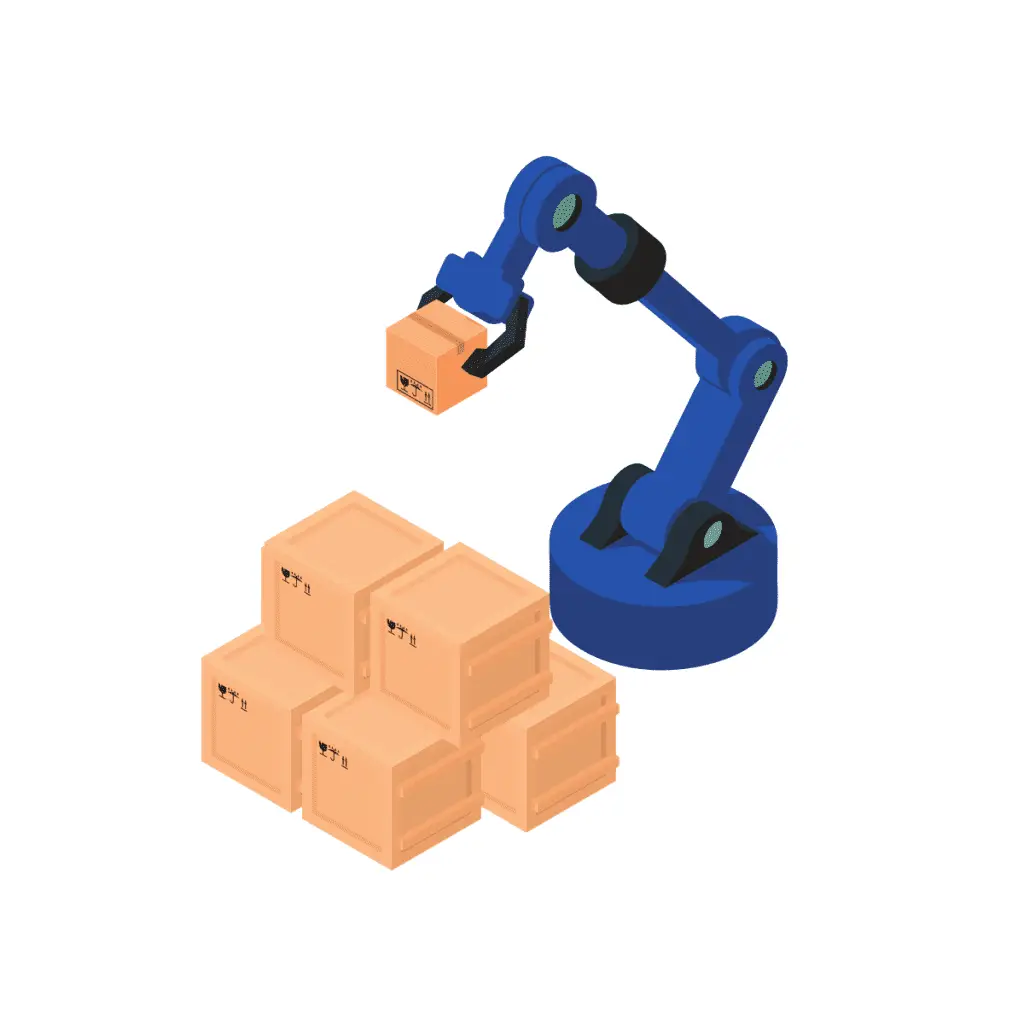
4. General Safety & Performance Requirements (GSPR)
- GSPR Checklist
- Harmonised/Consensus Standards Checklists
5. Risk Management File
- Risk Management Plan
- Risk Identification
- Risk Evaluation and control measures
- Risk / Benefit analysis
- Residual Risk acceptability

6. Verification & Validation
- Product Validation
- Packaging Validation
- Sterilisation Validation
- Software Validation
- Biological Evaluation
- Usability Engineering
- Clinical Evaluation

7. Post Market Surveillance
- PMS Plan
- PMCF Plan
- PMS Reports or PSURs
- PMCF Reports
8. Conformity Documents
- Declaration of Conformity
- CE Certificate
- Authorised Representative Mandate
How can Patient Guard Help?
Patient Guard established in 2017 has helped hundreds of clients with their MDR and IVDR technical file creation and updates. Our Regulatory experts are experienced and qualified to help you simplify your compliance journey. Contact us to enquire about our technical file CE and UKCA services.
FAQs
A medical device technical file is a comprehensive document that includes all the necessary information to demonstrate that a device meets regulatory requirements. It serves as evidence of compliance with standards like the EU MDR (2017/745) or UK Medical Device Regulations.
Why it matters: The technical file is essential for regulatory submissions and market approval, including CE marking and UKCA marking.
Key components of a technical file include:
- Device Description: Details about the device, its purpose, and intended use.
- Risk Management File: Evidence of risk analysis and mitigations as per ISO 14971.
- Design and Manufacturing Information: Schematics, specifications, and process descriptions.
- Clinical Evaluation Report (CER): Evidence supporting safety and performance.
- Labeling and Instructions for Use (IFU): Compliant with regional language and regulatory requirements.
- Post-Market Surveillance Plan (PMS): Strategy for monitoring device performance after market launch.
Pro tip: Tailor the technical file to the specific device classification and target market regulations.
The EU MDR significantly enhances the requirements for technical files by:
- Requiring a detailed General Safety and Performance Requirements (GSPR) checklist.
- Strengthening clinical evidence requirements, especially for higher-risk devices.
- Mandating a Post-Market Clinical Follow-Up (PMCF) plan for continuous monitoring.
- Increasing scrutiny of device labeling and usability.
Key insight: MDR-compliant technical files are more comprehensive than those required under the previous MDD (93/42/EEC).
Yes, all medical devices, including Class I devices, require a technical file. However, the complexity of the file depends on the device classification:
- Class I Devices: Require less documentation but must still demonstrate compliance with MDR, including risk management and labeling.
- Class IIa, IIb, and III Devices: Require more extensive documentation, including clinical evaluations and Notified Body reviews.
Key takeaway: Even self-certified devices must maintain a complete technical file.
Technical files must be kept up to date throughout the device lifecycle. Updates are required when:
- Changes are made to the device design, materials, or manufacturing process.
- New clinical or post-market surveillance data becomes available.
- Regulatory requirements evolve (e.g., MDR or IVDR updates).
Pro tip: Regularly reviewing and updating your technical file ensures compliance and readiness for audits or inspections.
Yes! Patient Guard provides comprehensive support for medical device technical files, including:
- Preparing MDR-compliant technical files for CE marking.
- Assisting with UKCA marking and FDA submissions.
- Developing clinical evaluation reports (CERs) and post-market surveillance plans.
- Supporting updates to technical files to maintain compliance.
Why choose Patient Guard: With experience in over 500 successful projects, we ensure your technical files meet regulatory standards, helping you achieve and maintain market approval efficiently.
